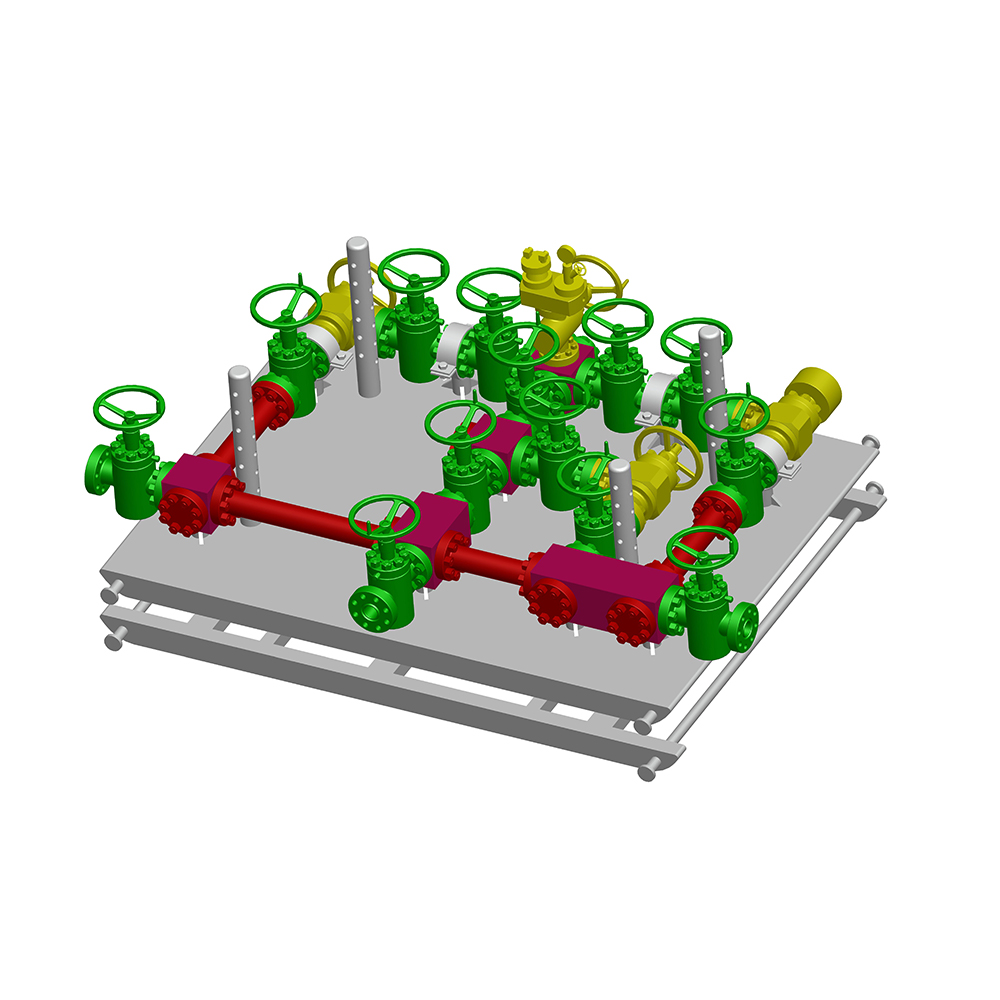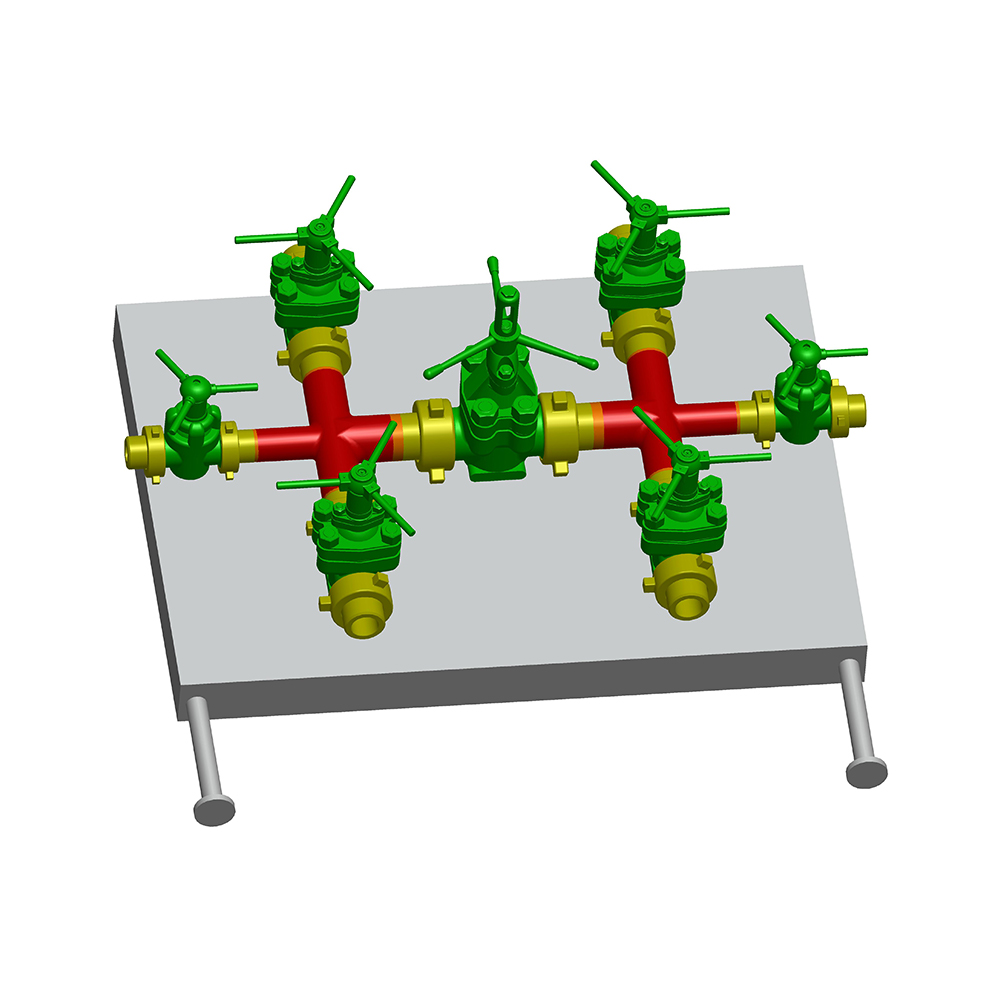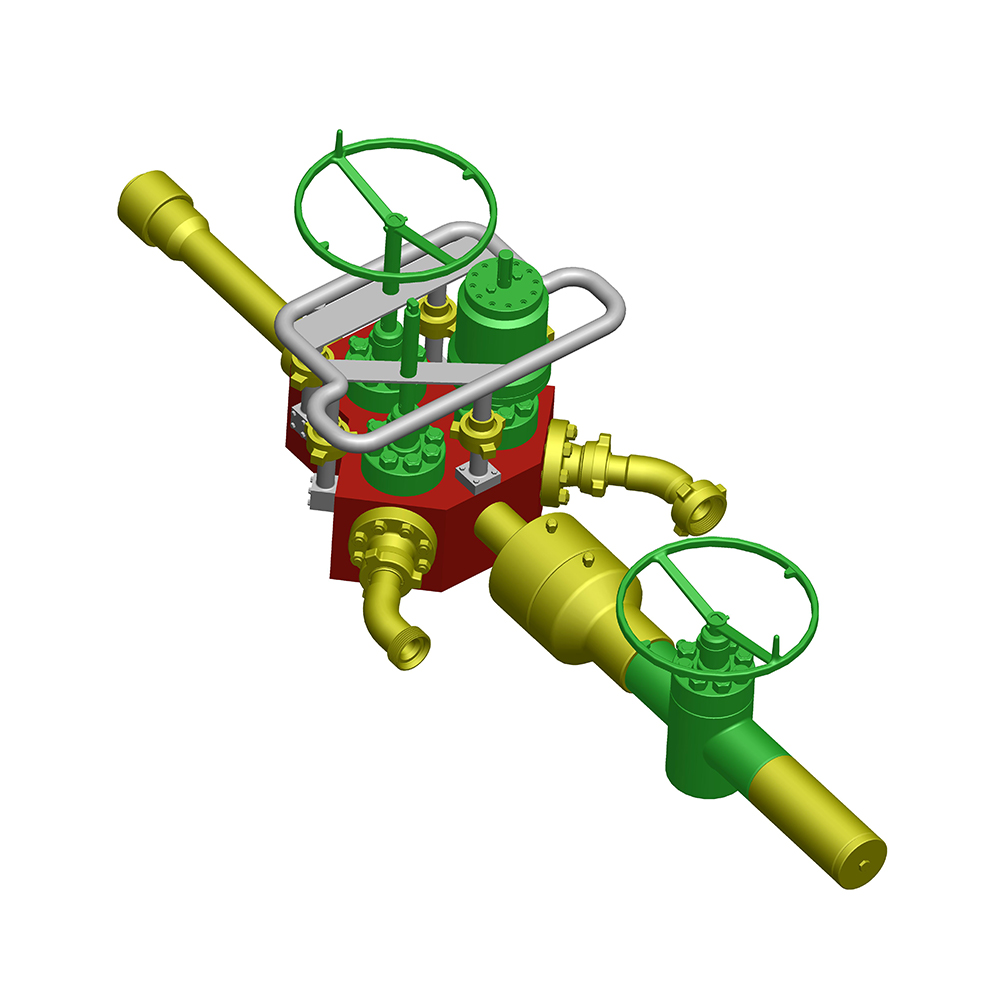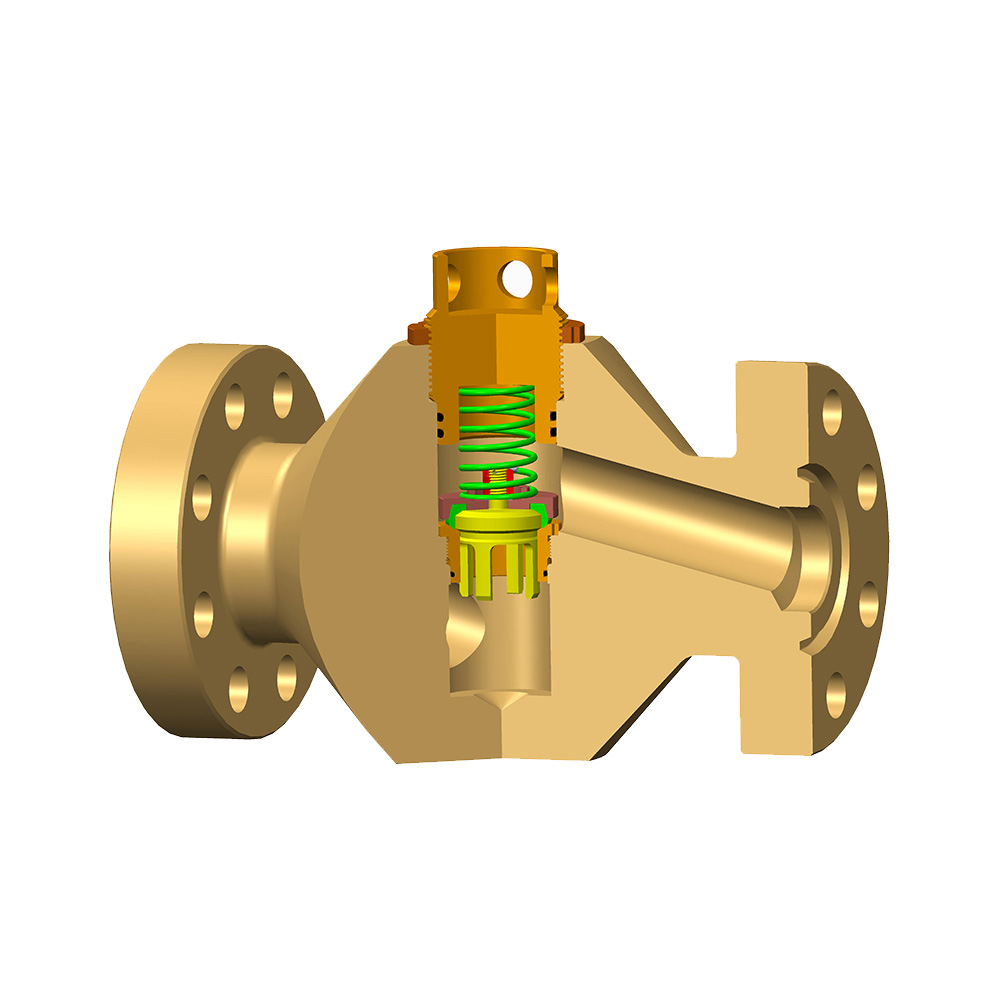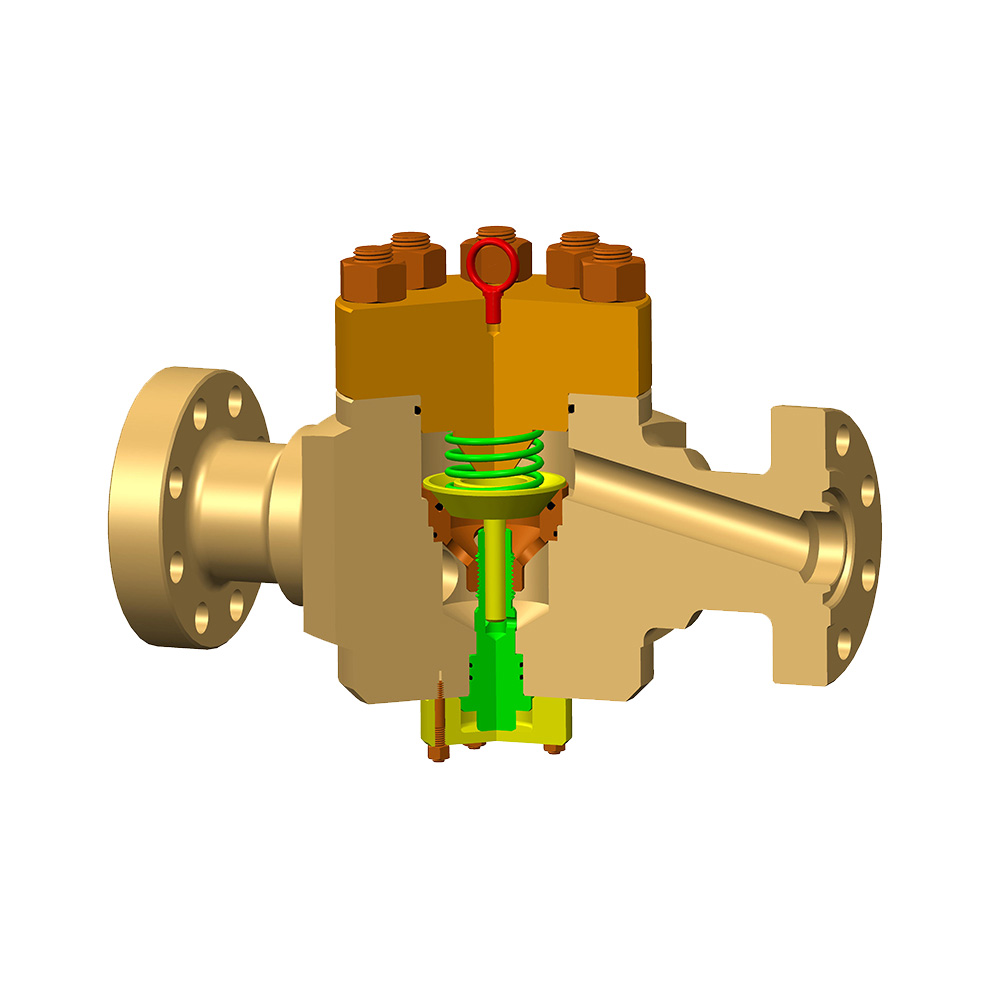In the complex world of industrial flow control, specific applications demand specialized equipment. Among the most critical components in high-pressure industries is the choke valve. While often grouped with other valves, its function and design are uniquely tailored to severe service conditions.
What is a Choke Valve?
A choke valve is a specialized type of valve designed primarily to control the flow rate and reduce the pressure of fluids (oil, gas, water, or drilling mud) emanating from a high-pressure reservoir into a lower-pressure system. Unlike valves designed for simple on/off service, a choke valve is intended for continuous flow restriction, or "choking," which results in a significant pressure drop across the valve body.
The fundamental purpose of a choke valve is not merely to regulate flow but to manage well production, control downstream pressure, prevent reservoir damage, and mitigate issues like gas flashing and erosion.
Key Differences: Choke Valve vs. Standard Control Valve
While both valves influence flow, their design philosophy and operational focus differ significantly. The table below outlines the critical distinctions:
| Feature | Choke Valve | Standard Control Valve |
|---|---|---|
| Primary Function | To create a controlled pressure drop and manage flow rate from high-to-low pressure systems. | To precisely regulate flow rate to a desired setpoint, maintaining consistent pressure conditions. |
| Pressure Handling | Designed to withstand extreme upstream pressures and severe pressure drops (ΔP) across the valve. | Typically designed for moderate pressure drops; high ΔP can cause cavitation, erosion, and failure. |
| Erosion Resistance | Constructed with hardened materials (e.g., tungsten carbide), erosion-resistant trim, and designs that deflect abrasive particles. A core design consideration. | Erosion resistance is a feature but not always the primary design driver. Standard trim materials may be used. |
| Trim Design | Features a fixed or variable bean (orifice) designed for abrasive service. Often uses multi-stage pressure drop designs to minimize erosion. | Uses a plug and seat arrangement designed for precise positioning and accurate flow characterization. |
| Control Precision | Focuses on robustness and durability over extreme precision. Flow control can be coarser. | Designed for high-precision control with high-resolution actuation for accurate flow modulation. |
| Typical Applications | Oil & gas wellheads, drilling choke manifolds, production separators, steam injection. | Chemical processing, HVAC systems, water treatment, general plant utility systems. |
In essence, a standard control valve is a "scalpel" for precise flow regulation, while a choke valve is a "shield" built to endure the punishing effects of a high-pressure, abrasive environment while performing its function.
Types of Choke Valves
Choke valves are primarily categorized by their method of operation and flow bean type:
-
Fixed Chokes: Utilize a fixed-size bean (orifice) to provide a constant pressure drop. Flow rate changes are achieved by manually swapping out the bean for a different size. They are simple, robust, and reliable but require process shutdown to adjust.
-
Variable Chokes: Allow for flow adjustment without shutting down the process. The main types include:
-
Positive Choke: Also known as a "bean and stem" design. A hardened stem moves linearly into a fixed bean, changing the annular flow area. They are very common and offer good erosion resistance.
-
Needle and Seat Choke: Uses a tapered needle that seats into a cone, providing fine control. More susceptible to erosion in highly abrasive services.
-
Rotary Disc Choke: Features two discs with aligned holes. Rotating one disc changes the open area for flow. They offer a compact design but can be prone to wear on the discs.
-
Many modern variable choke valves are actuated (hydraulically or electrically) and integrated into digital control systems for remote operation.
Primary Applications of Choke Valves
The unparalleled ability of a choke valve to handle extreme conditions makes it indispensable in several fields:
-
Oil & Gas Production: The most common application. Used on wellheads to control flow from the reservoir, maintain downstream pressure, and prevent water coning or gas cap expansion.
-
Drilling Operations: A critical part of the drilling choke manifold used for well control (e.g., during kick recovery operations to control back-pressure).
-
Well Testing & Stimulation: Used to regulate flow during well testing and during fracturing or acidizing jobs.
-
Steam Flooding: Manages the injection of high-pressure steam into wells for enhanced oil recovery (EOR).
-
Other Industries: Used in other high-pressure differential applications in power generation and certain chemical processes.
Frequently Asked Questions (FAQ)
Q1: Can a standard control valve replace a choke valve?
A: Generally, no. Using a standard control valve in a severe service application designed for a choke valve will likely lead to rapid internal erosion, cavitation damage, and catastrophic failure due to the high pressure drop and abrasive media.
Q2: What materials are choke valves typically made from?
A: Choke valves are constructed from high-strength, erosion-resistant materials. Bodies are often carbon steel or alloy steel. Critical wear parts like the bean, stem, seat, and sleeve are made from hardened materials like tungsten carbide, ceramic, or other specialized alloys.
Q3: How is the size of a choke valve expressed?
A: The size is often referred to by the nominal pipe size of its connections (e.g., 2-inch, 3-inch). However, the critical sizing parameter is the bore or bean size, which is measured in 1/64ths of an inch. A "64 choke" is fully open, while a "16 choke" has a bore diameter of 16/64ths (or 1/4) of an inch.
Q4: What are the main maintenance concerns for a choke valve?
A: The primary concern is erosion of internal components from high-velocity, abrasive flow. Regular inspection and replacement of wear parts (beans, stems, seats) are necessary to maintain performance and safety. Leakage through damaged seals is another common issue.
The choke valve is a highly engineered, purpose-built device essential for managing flow in some of the most challenging industrial environments. Its defining characteristic is not just its ability to control fluid flow, but its rugged construction designed to survive the extreme pressure drops and abrasive conditions that would quickly destroy a standard control valve. Understanding the key differences between these valves is crucial for selecting the right technology for the right application, ensuring safety, efficiency, and operational longevity.

